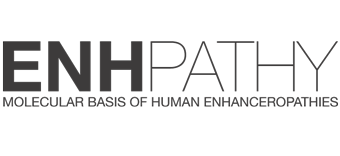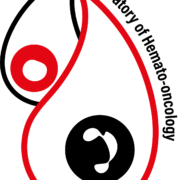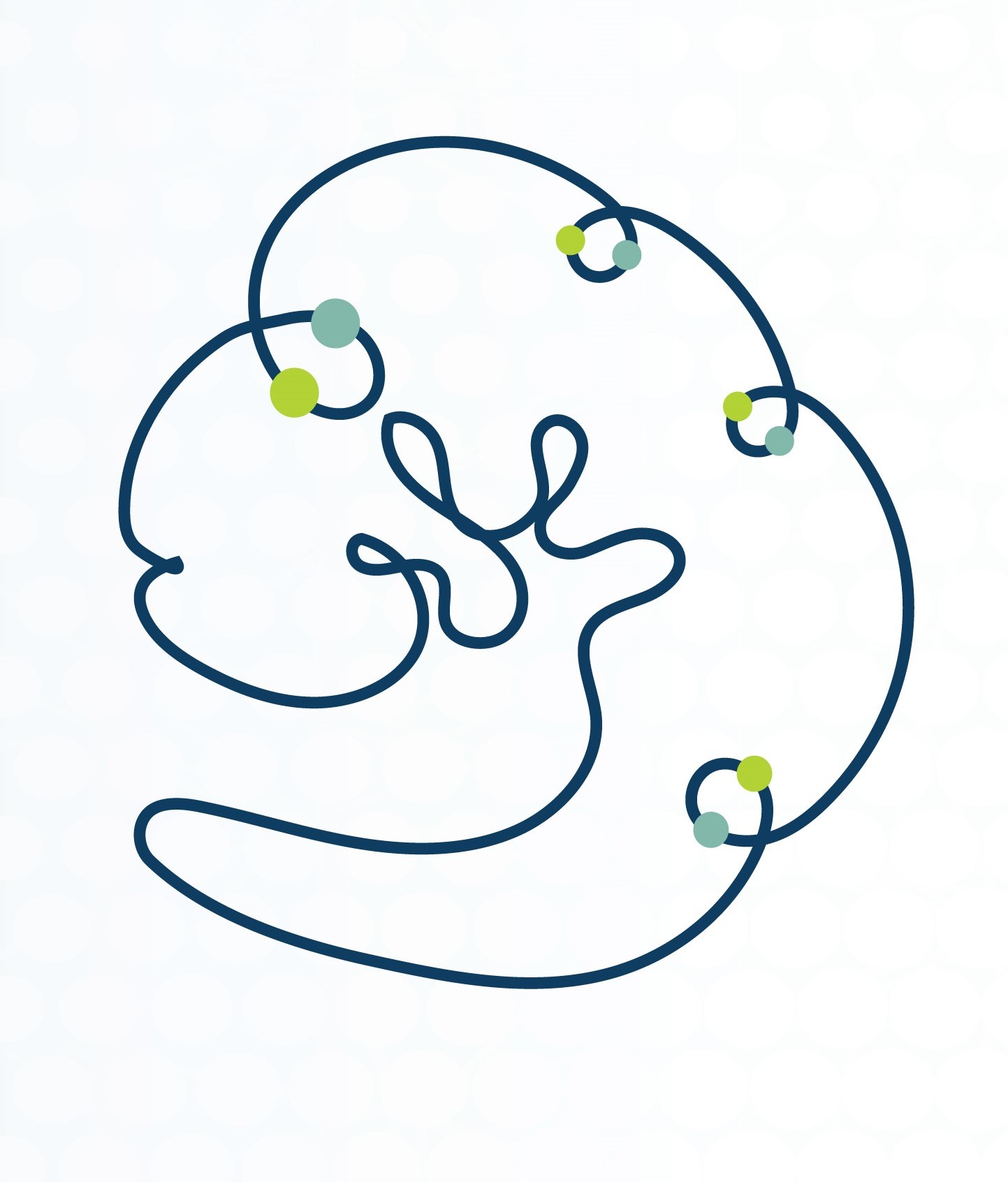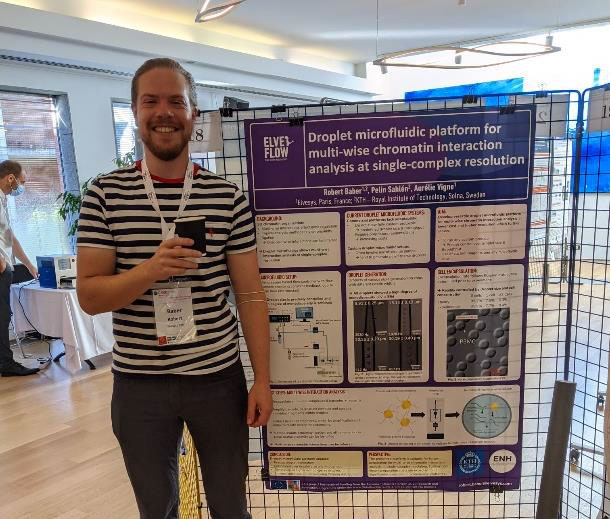Hello everyone! Thank you for the warm welcoming from all the members from the amazing ENPATHY consortium!
This is, my very first blog post (ever).
Our lab, the lab46
You might have read my introduction, where I wrote about how I have been moving around for most of my life. Finally, I have truly found my place, in the group of Hematooncology at the institute of molecular genetics (IMG), in Prague, led by Meritxell Alberich Jorda (Or as we call her, Meri). By the way, the picture featuring this post, is the logo of our group. It was designed by Maria Kuzmina, one of the PhDs in our team.
How would I describe the lab 46? Well, we have the kind of people that, without doubting and as many times as necessary, will help you with anything that you will need. Moreover, I feel that we all really support each other, not only when it comes to experimental questions. This group is comprised the kind of people that will make pancakes when you have to wake up at 5 in the morning for an experiment, or that will bring champagne to thank you for the support through a hard time. That will make sure your birthday is something special even when it falls on a Monday full of work. That will text you to check if you are okay after a hard day at work.
I think, that within us and thanks to Meri, we have created a perfect research microenvironment. And I am looking forward to expand it, thanks to the wonderful opportunities that ENPATHY consortium gives us.
Our project, HSCs under Chronic Inflammation – the CMO mouse model
You might have also read a bit about my project. Maybe even our recent publication by Grusanovic et al. If not, here you have the link! I promise you will like it (nih.gov)https://pubmed.ncbi.nlm.nih.gov/36341527/
Here we have shown, how chronic inflammation decreases HSC fitness via hyperactivation of the druggable IL-6/Jak/Stat3 signaling pathway, and how the CMO model accurately recapitulates sterile chronic inflammation.
There are two things to highlight about this mouse model. The first one, is that it contains a point mutation in the Pstpip2 gene, causing Chronic Multifocal Osteomyelitis (CMO). The second, that this model resembles a human disease know as chronic recurrent multifocal osteomyelitis (CRMO), a progressive autoinflammatory disorder that leads to sterile chronic inflammation.
Using the CMO murine model we were able to bypass the artificial setup of externally inducing inflammation. This allowed us to assess the interactions of an inflammatory BM niche, immune cells and HSCs.
Effects of chronic inflammation in AML progression
Previously, we have reported that the chronic inflammatory environment expands the HSC compartment and induces functional defects in HSC. There are many similarities between HSCs and leukemic stem cells (LSCs). Therefore, will now characterize the effects of chronic inflammation in Acute Myeloid Leukemia (AML). If you would like to know a bit more about AML, read this: Uncovering drug-adaptive epigenetic response in Acute Myeloid Leukaemia (AML) – ENHPATHY Francesco Leonetti has a wonderful blog post about it!
In my project, we would like to determine how chronic inflammation might influence LSCs, and thus alter Leukemia development. Moreover, we will explore the possible role that chronic inflammation has in the deregulation of enhancers in certain (critical) genes. With this, we will gain more mechanistic insight of the correlation between chronic inflammation and Leukemia development.
The results of this project will contribute to a better understanding of the mechanism driving chronic inflammation and AML.
I will keep you updated about the process!




 CC BY María Mariner Fauli
CC BY María Mariner Fauli